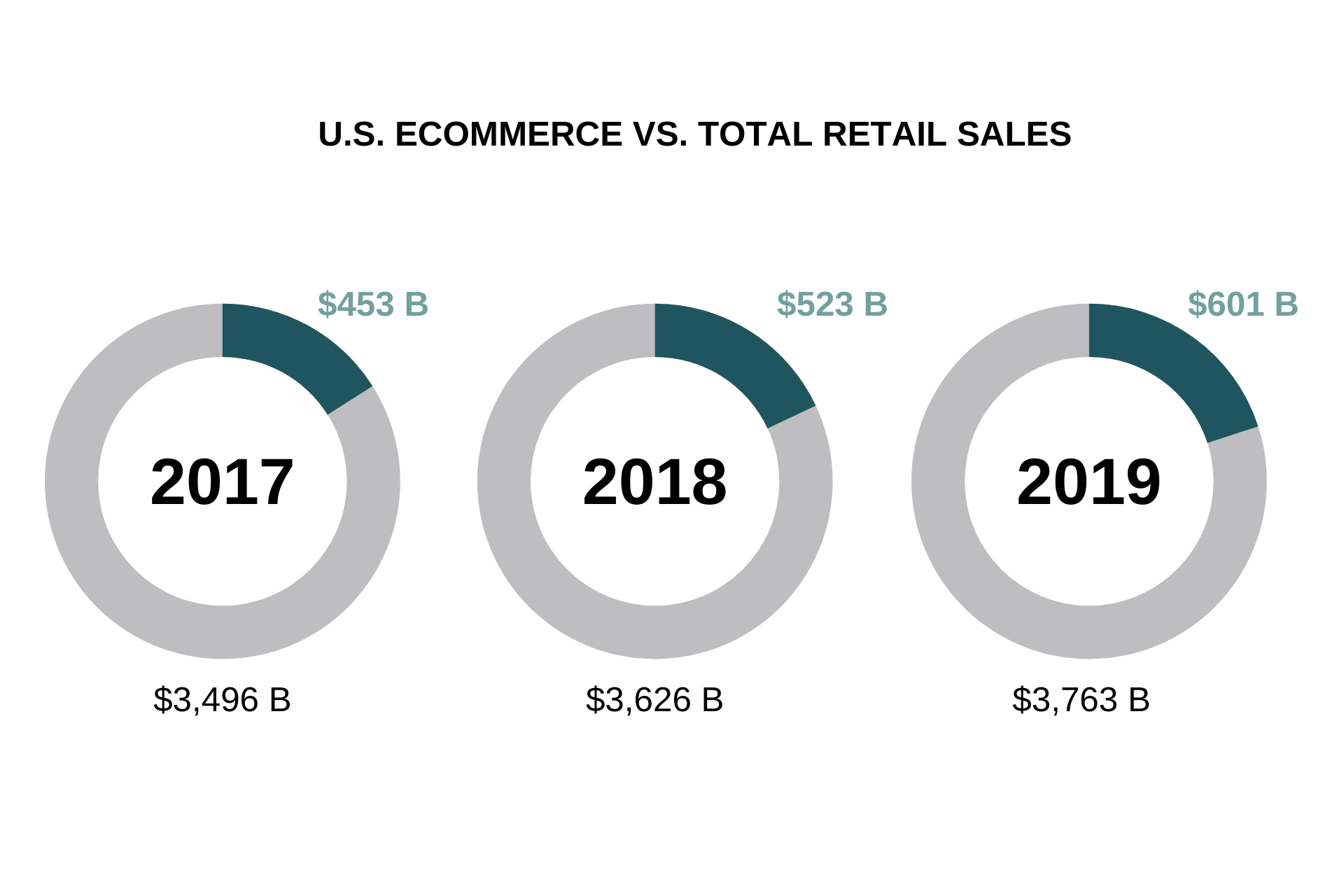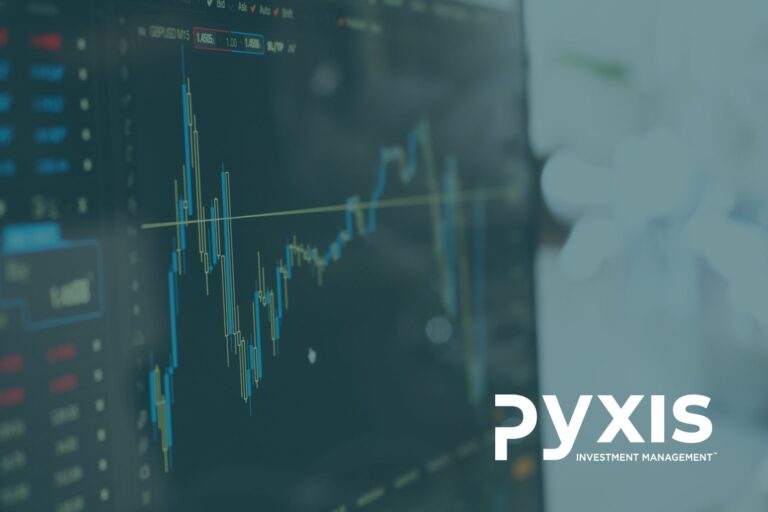Raydiant gathered data on the US consumer and found that 55.1% of people between the ages of 17 and 34 prefer to shop online; while 57.5% of people aged older than 34 prefer physical stores. The preference for online shopping appeared to stem from convenience (47.8%); discounts (15.4%) and the speed of transactions (11.9%); whilst the preference for physical stores stemmed from the tangibility of purchases (40.4%) and experience (38.4%). The study additionally found that, whether it be brick and mortar or e-commerce, people are shopping more. The report revealed that at least 76.3% of respondents were shopping more online; whilst 68% of respondents were shopping more in stores.
A 2016 BigCommerce survey found that 67% of Millennials and 56% of Gen X-ers prefer online shopping. While the perception is that younger generations will prefer online shopping to in-store; a more recent study by Morning Consult found that Gen Z (those born between 1997 and 2017) prefer shopping in brick and mortar stores. Speculators have attributed this to the spontaneity and tangibility of brick and mortar retail. The study found that 66.6% of Gen Z shoppers will go shopping for fun monthly, and Target and Walmart were listed as two of their top 10 favourites. This contrast goes to show that preferences can and do change.









